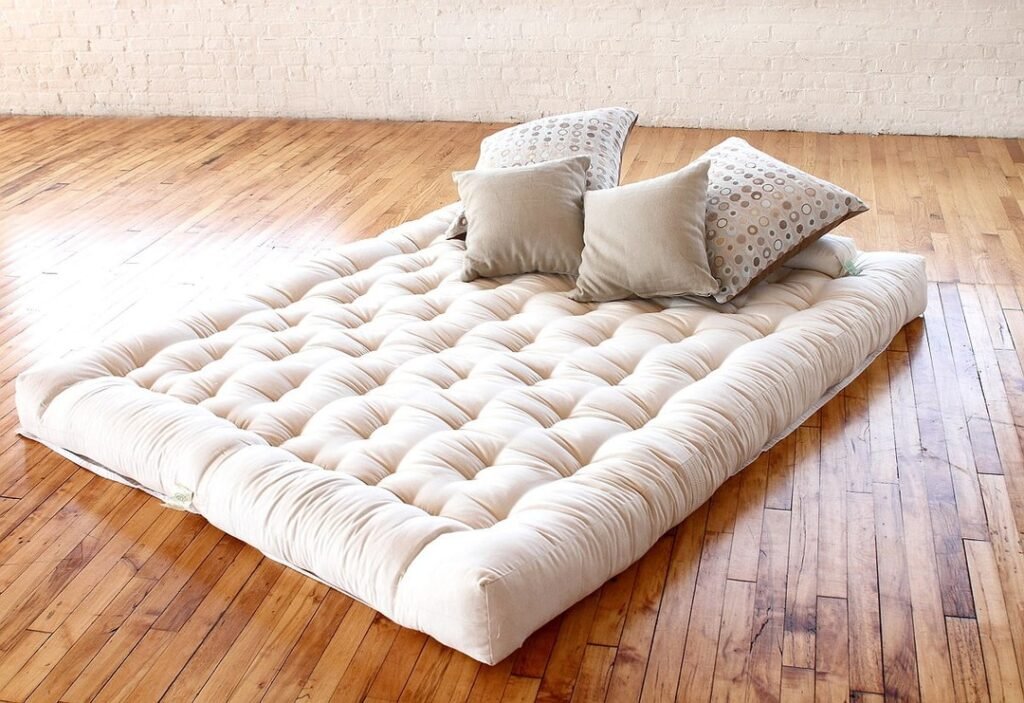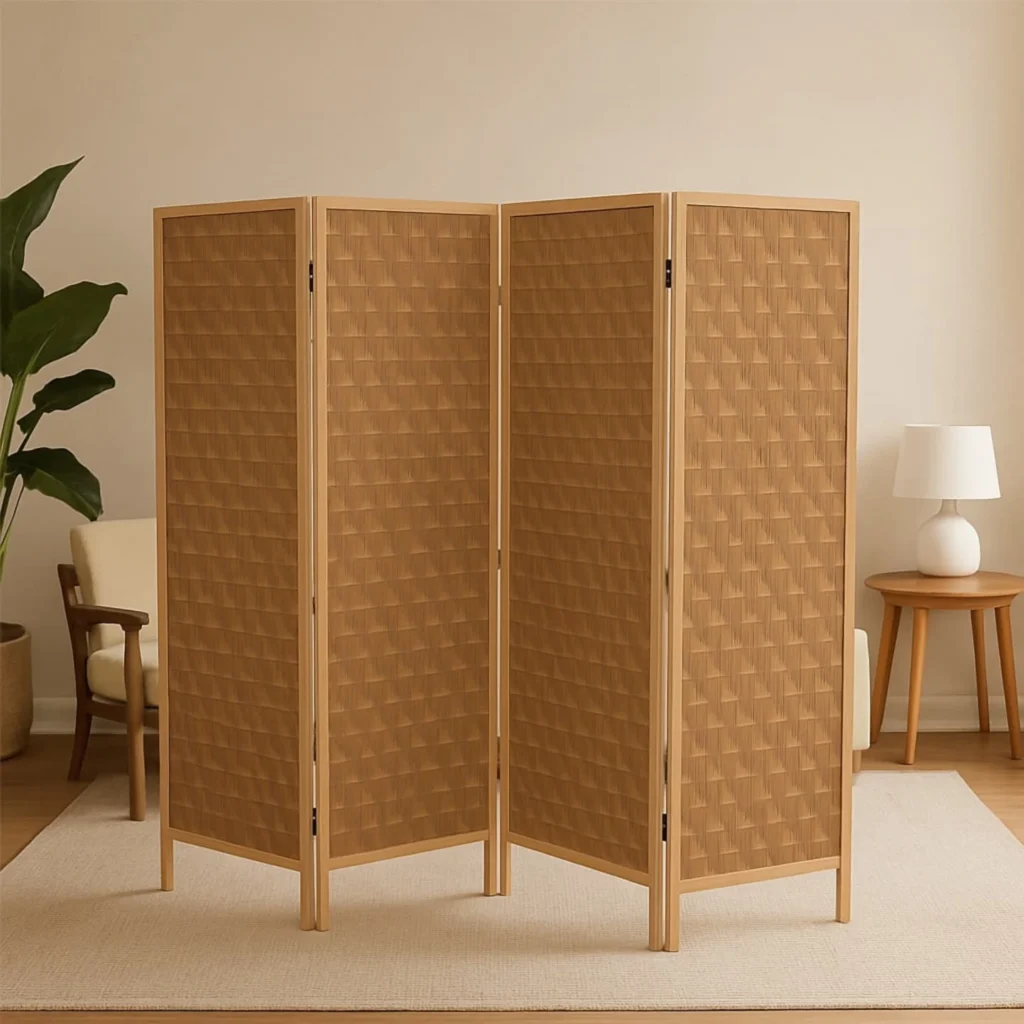How to Turn Your Living Room Into a Bedroom
Your living room doubles as your sleep sanctuary more often than you’d like to admit. Maybe you’re working with a studio apartment, hosting long-term guests, or simply want to maximize your space. Whatever the reason, transforming your living room into a functional bedroom doesn’t have to mean sacrificing style or comfort.
The key lies in smart planning and creative solutions. With the right approach, you can create a space that works beautifully for both daily living and restful sleep. This guide will walk you through everything you need to know—from choosing the perfect sleeping solution to maintaining privacy and organization.
Why Convert Your Living Room Into a Bedroom?
Before diving into the how-to, let’s explore the common scenarios that lead people to make this transformation:
Space constraints top the list. Studio apartments and small homes often require rooms to serve multiple purposes. Converting your living room gives you a proper sleeping area without needing a separate bedroom.
Financial flexibility is another major factor. Renting a one-bedroom apartment instead of a two-bedroom can save hundreds of dollars monthly in many cities. Using your living room as a bedroom makes this downsizing viable.
Temporary housing situations also drive this need. Whether you’re between moves, hosting family members, or dealing with home renovations, a living room bedroom can provide immediate relief.
Health considerations sometimes make bedroom conversions necessary. If mobility issues make stairs difficult, converting a ground-floor living room into a bedroom can be life-changing.
Planning Your Living Room Bedroom Conversion
Successful room conversion starts with careful assessment of your space and needs.
Measuring Your Space
Start by measuring your living room’s dimensions. You’ll need to account for walkways, existing furniture you want to keep, and the sleeping area itself. A full-size bed requires about 54 by 75 inches, while a queen needs 60 by 80 inches.
Consider ceiling height too. Loft beds and room dividers work better in spaces with ceilings over 9 feet tall.
Identifying Traffic Patterns
Watch how you move through your living room during a typical day. Note where you walk most frequently and where you tend to sit or relax. Your sleeping area should avoid high-traffic zones while maintaining easy access to bathrooms and exits.
Assessing Natural Light
Windows affect both sleep quality and daytime functionality. Morning light can help regulate your sleep cycle, but you’ll need quality blackout solutions for nighttime rest. Note which areas get direct sunlight and when.
Choosing the Right Sleeping Solution
Your bed choice will determine how successfully your living room functions as both spaces.
Murphy Beds: The Space-Saving Champion
Murphy beds fold directly into the wall, completely disappearing during the day. Modern versions come with built-in desks, shelving, or even sofas attached to the front panel.
Pros: Maximum space efficiency, completely hidden when not in use, available in all standard mattress sizes.
Cons: Requires wall mounting and potentially structural modifications, higher upfront cost, daily setup and breakdown.
Sofa Beds and Futons: The Quick Change Artists
These dual-purpose pieces transform from seating to sleeping with minimal effort.
Sofa beds work well if you entertain frequently and need comfortable seating. Look for models with memory foam or spring mattresses rather than basic foam for better sleep quality.
Futons offer a more casual aesthetic and typically cost less than sofa beds. They work particularly well in modern or minimalist spaces.
Daybed Solutions
Daybeds function as sofas during the day and beds at night without any conversion process. Add plenty of pillows and throws to make them feel more sofa-like for daytime use.
Trundle daybeds provide extra sleeping space for guests while maintaining the daybed’s dual functionality.
Air Mattresses and Floor Beds
For temporary solutions or tight budgets, high-quality air mattresses can work surprisingly well. Modern versions include built-in pumps and raised edges for easier entry and exit.
Floor beds using quality mattresses directly on the ground create a minimalist aesthetic while saving money and space.
Creating Privacy and Separation
Visual and acoustic separation helps your living room bedroom feel like two distinct spaces.
Room Dividers
Folding screens offer the most flexibility. Choose styles that complement your decor and can be easily moved or stored.
Curtain dividers work well for permanent or semi-permanent separations. Install ceiling-mounted tracks for a clean look and easy operation.
Bookshelf dividers serve double duty by providing storage while creating separation. Open-back shelving maintains light flow while defining spaces.
Strategic Furniture Placement
Large furniture pieces can create natural boundaries. Position your sofa with its back to the sleeping area, or use a dresser or entertainment center as a room divider.
Area rugs help define separate zones visually. Use different rugs for your sleeping and living areas to reinforce the separation.
Maximizing Storage in Your Dual-Purpose Room
Storage becomes critical when one room serves two functions.
Under-Bed Storage
Platform beds with built-in drawers maximize under-bed space. For other bed types, use low-profile storage boxes or vacuum-sealed bags for linens and seasonal clothing.
Vertical Storage Solutions
Wall-mounted shelving keeps floor space clear while providing ample storage. Float shelves above your bed for books, decor, or everyday items.
Tall, narrow storage units fit into corners and awkward spaces while providing significant storage capacity.
Multi-Functional Furniture
Ottoman storage provides seating, footrests, and hidden storage for blankets or pillows.
Coffee tables with drawers or shelving keep living room essentials organized and accessible.
Nightstands with multiple drawers or shelves serve double duty for both bedroom and living room storage needs.
Lighting for Day and Night Functions
Your lighting needs change dramatically between living room and bedroom modes.
Layered Lighting Approach
Ambient lighting provides general illumination for both functions. Ceiling fixtures or floor lamps create overall room brightness.
Task lighting serves specific needs like reading or getting dressed. Table lamps, wall sconces, or pendant lights work well.
Accent lighting adds mood and atmosphere. String lights, candles, or decorative lamps create cozy evening ambiance.
Smart Lighting Solutions
Dimmer switches allow you to adjust brightness for different activities and times of day.
Smart bulbs can change color temperature—cooler light for daytime activities, warmer light for evening relaxation.
Bedside lighting should be easily accessible from your sleeping position. Wall-mounted reading lights or table lamps with easy-reach switches work best.
Maintaining Comfort and Functionality
Success depends on daily routines that keep your space organized and functional.
Morning Routines
Develop a quick morning routine for transitioning from bedroom to living room mode. This might include making the bed, storing sleep items, and setting up living room furniture.
Keep a small basket or container for quickly gathering bedroom items that need to be stored during the day.
Evening Preparation
Create an evening routine that prepares your space for sleep. This includes dimming lights, reducing noise, and setting up your sleeping area.
Consider using a white noise machine or earplugs if your living room faces busy streets or noisy neighbors.
Climate Control
Living rooms often have different heating and cooling needs than bedrooms. Portable fans, space heaters, or window treatments can help you control temperature and airflow for comfortable sleep.
Addressing Common Challenges
Every living room bedroom conversion comes with unique challenges.
Noise Management
Living rooms typically connect to other parts of your home, making noise control important. Heavy curtains, rugs, and soft furnishings help absorb sound.
If you live with others, establish quiet hours and communication about when the space needs to function as a bedroom.
Guest Considerations
When friends visit, you’ll need strategies for quickly converting your space. Keep a checklist of steps for fast transformation, and consider having a backup plan for socializing in other areas when needed.
Maintenance and Cleaning
Dual-purpose rooms require more frequent cleaning and organization. Daily tidying becomes essential to maintain functionality for both purposes.
Invest in easy-to-clean furniture and surfaces. Washable slipcovers, stain-resistant rugs, and furniture with smooth surfaces make maintenance easier.
Making It Work Long-Term
Converting your living room into a bedroom can be a temporary solution or a permanent lifestyle choice. Either way, certain strategies help ensure long-term success.
Regular Assessment
Every few months, evaluate what’s working and what isn’t. Your needs may change, and your setup should evolve accordingly.
Quality Investments
Since your furniture will work harder in a dual-purpose room, invest in quality pieces that can handle daily conversion and regular use.
Personal Comfort
Don’t sacrifice sleep quality for space efficiency. A good mattress and proper bedding are essential regardless of your room setup.
Conclusion
Converting your living room into a bedroom requires thoughtful planning, but the results can dramatically improve your living situation. Focus on choosing the right sleeping solution for your space, creating effective separation between functions, and developing routines that make daily transitions smooth.
Remember that this transformation doesn’t have to be permanent. Start with less expensive solutions like futons or room dividers, then upgrade to built-in options like Murphy beds if the arrangement works well for your lifestyle.
The key to success lies in embracing the dual nature of your space rather than fighting it. With the right approach, your living room bedroom can be both a comfortable place to sleep and an inviting space to spend your waking hours.



